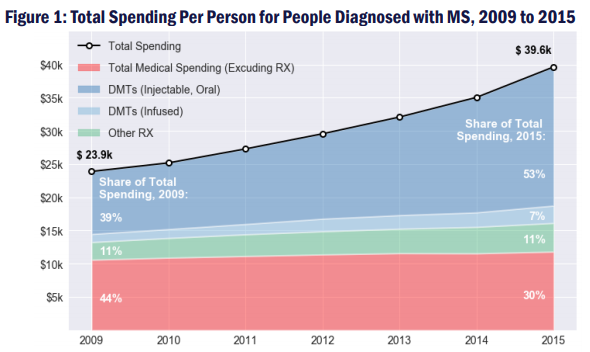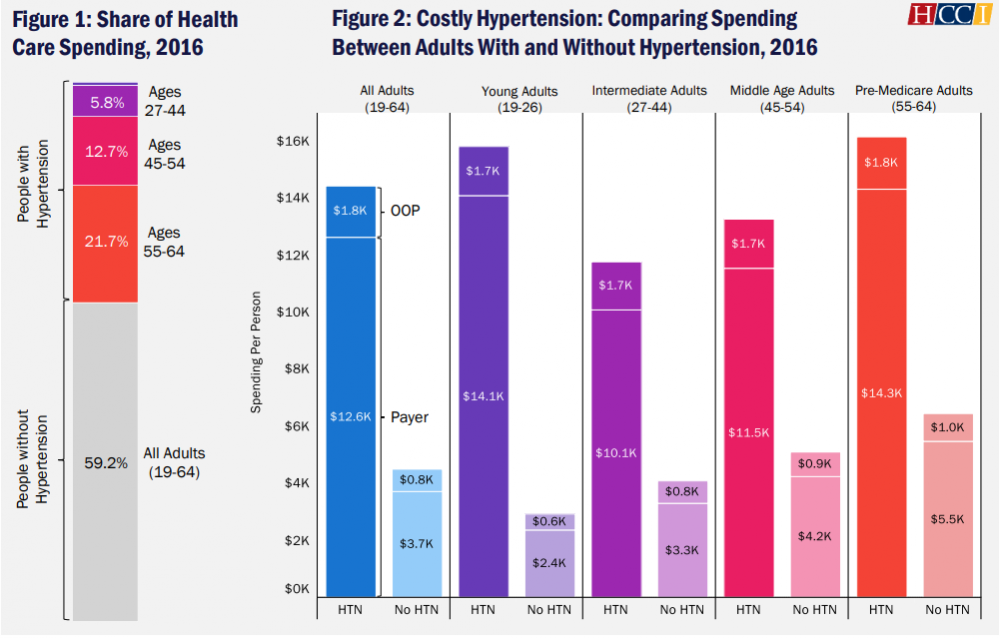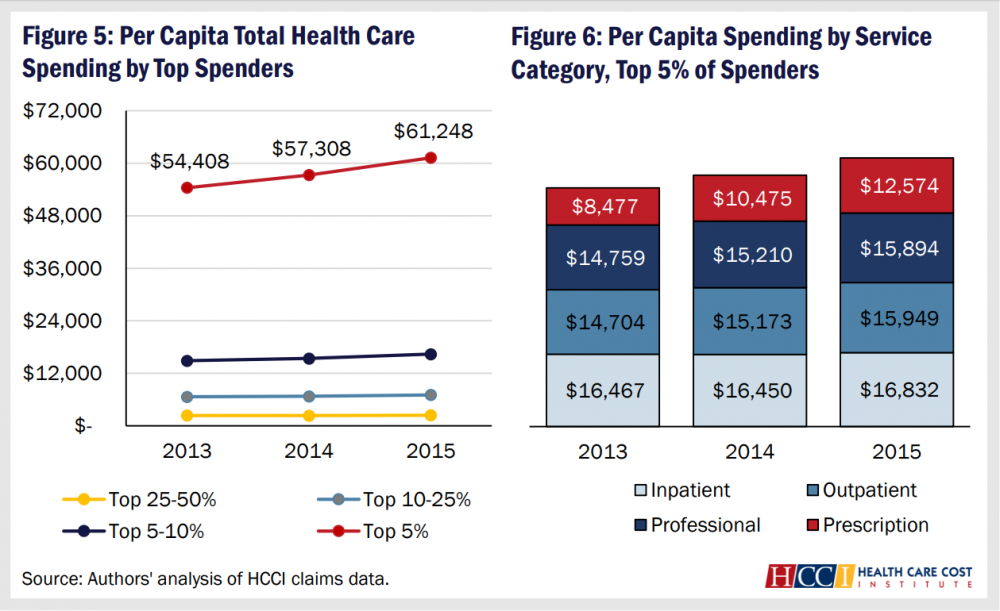Publications
-
ER facility prices grew in tandem with faster-growing charges from 2009-2016
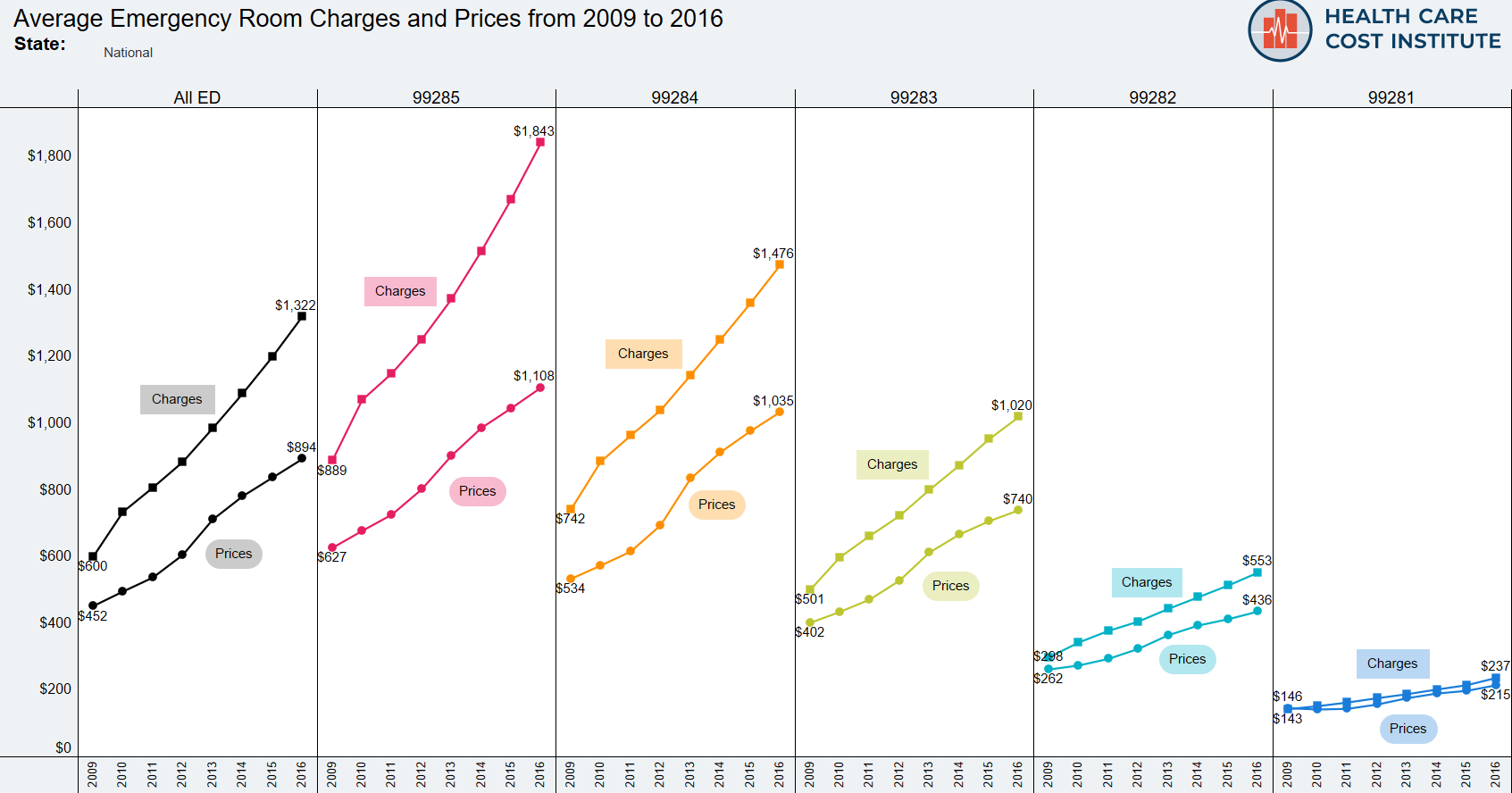 Read more: ER facility prices grew in tandem with faster-growing charges from 2009-2016
Read more: ER facility prices grew in tandem with faster-growing charges from 2009-2016HCCI often reports the prices of health care services, defined as the average amount a provider is paid for a given service based on negotiations with health care insurers. These prices typically represent a portion of charges, which are the amounts health care providers bill for the procedures they perform. The charge amount is often…
-
ER spending among the commercially insured continued to rise in 2016, driven by the price and use of high severity cases (2009-2016)
Tags: Commercially Insured, Emergency Room, Geographic Variation, Outpatient Spending, Prices, Utilization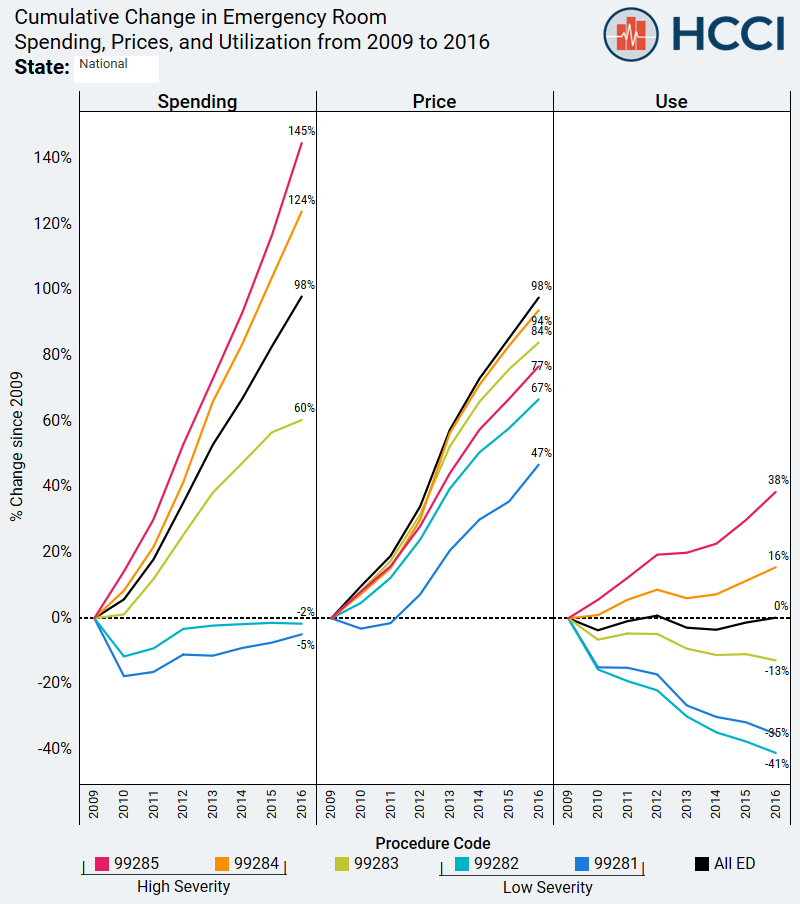 Read more: ER spending among the commercially insured continued to rise in 2016, driven by the price and use of high severity cases (2009-2016)
Read more: ER spending among the commercially insured continued to rise in 2016, driven by the price and use of high severity cases (2009-2016)HCCI recently expanded its reporting on emergency room (ER) spending trends to include the most recent data available (2016). We characterize trends in spending, price, and utilization for the five Current Procedural Terminology (CPT) codes designed to capture the level of severity and complexity of every ER visit. While average prices for all five ER…
-
Interactive Tool: Disease Modifying Therapies Drove 82% of Total Increase in Health Care Spending for People with Multiple Sclerosis
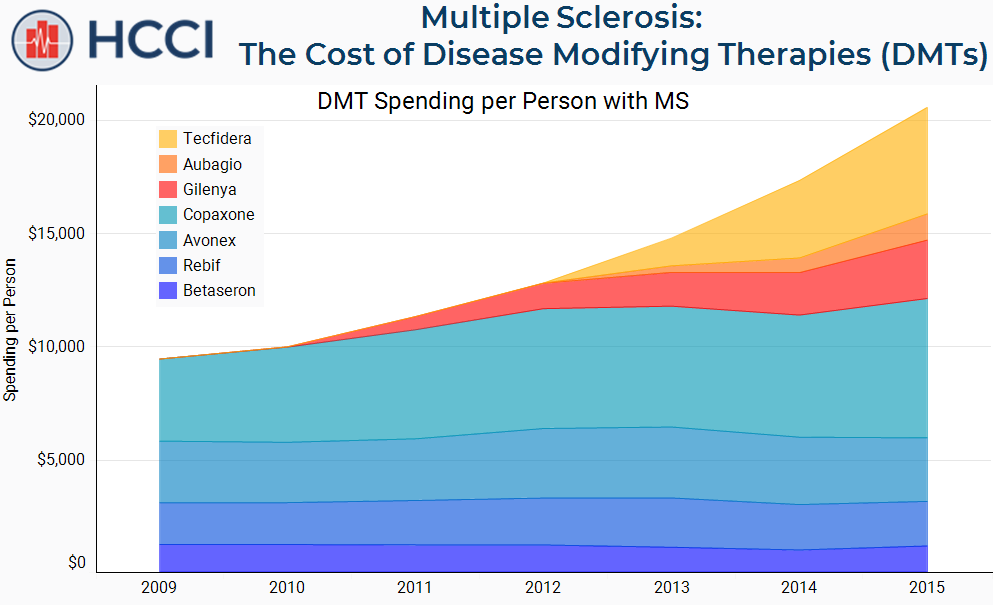 Read more: Interactive Tool: Disease Modifying Therapies Drove 82% of Total Increase in Health Care Spending for People with Multiple Sclerosis
Read more: Interactive Tool: Disease Modifying Therapies Drove 82% of Total Increase in Health Care Spending for People with Multiple SclerosisIn a recent issue brief, HCCI found that the already high cost of care for people with multiple sclerosis (MS) rose dramatically over the past several years. The primary driver was the increasing cost of a small group of prescription drugs called Disease Modifying Therapies (DMTs). To illustrate the role prescription drug prices play in…
-
The Rising Cost of Specialty Drugs Drove Spending Increases for People with Multiple Sclerosis
Read more: The Rising Cost of Specialty Drugs Drove Spending Increases for People with Multiple SclerosisThis issue brief investigates how the cost of prescription drugs affects the total cost of care for people with multiple sclerosis (MS). It decomposes total health care spending by category, specifically separating out spending on specialty drugs used to treat MS, called Disease Modifying Therapies (DMTs). The issue brief subsequently examines whether changes in spending…
-
Under Pressure – Adults with Hypertension are Spending Increasingly More on Health Care
Read more: Under Pressure – Adults with Hypertension are Spending Increasingly More on Health CareThis issue brief compares trends in health care spending from 2012 to 2016 for adults with employer-sponsored insurance who were diagnosed with hypertension to those not diagnosed with hypertension. It also considers how changes in prescription drug spending compare to changes in prescription drug use for adults with a hypertension diagnosis.
-
How common is your health care spending?
Tags: Top Spenders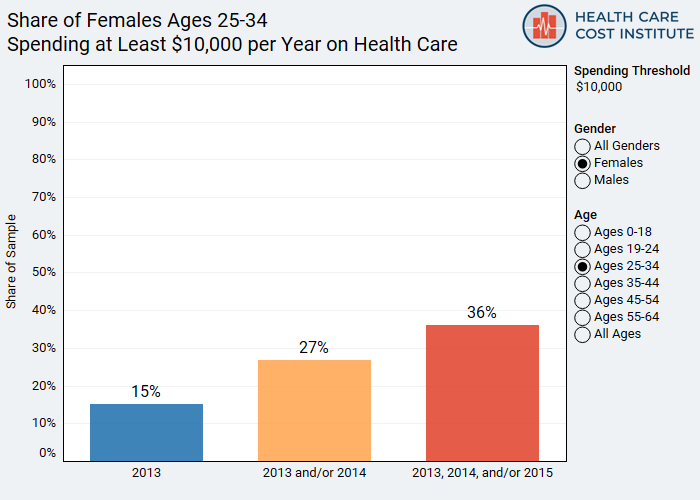 Read more: How common is your health care spending?
Read more: How common is your health care spending?It is well documented that Americans spend a lot on health care, but this issue is often discussed in terms of share of GDP, billions of dollars, or an astoundingly high hospital bill. These numbers can be hard to relate to; it’s hard to imagine billions of dollars, let alone a share of the national…
-
Health Affairs: Health Spending Growth Is Accelerating; Prices Are In The Driver’s Seat
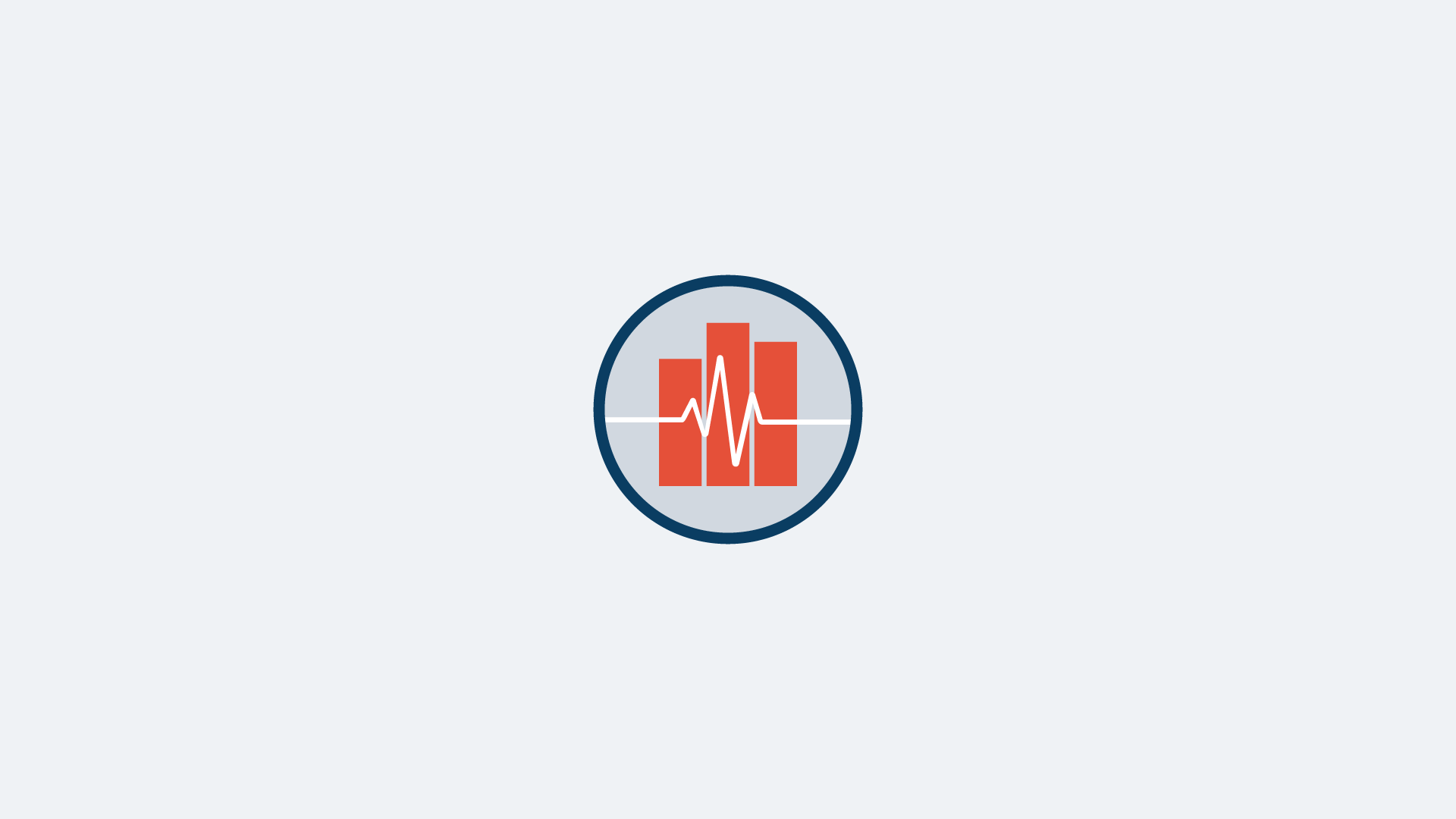 Read more: Health Affairs: Health Spending Growth Is Accelerating; Prices Are In The Driver’s Seat
Read more: Health Affairs: Health Spending Growth Is Accelerating; Prices Are In The Driver’s SeatHEALTH AFFAIRS BLOG: “Perhaps nothing illustrates the intractability of America’s struggle with health spending more than the recent announcement by Amazon, JP Morgan, and Berkshire Hathaway that they were founding a new entity to address health care costs for their employees. Despite lacking any concrete details this announcement managed to wipe billions of dollars in…
-
New England Journal of Medicine: Consistently High Turnover in the Group of Top Health Care Spenders
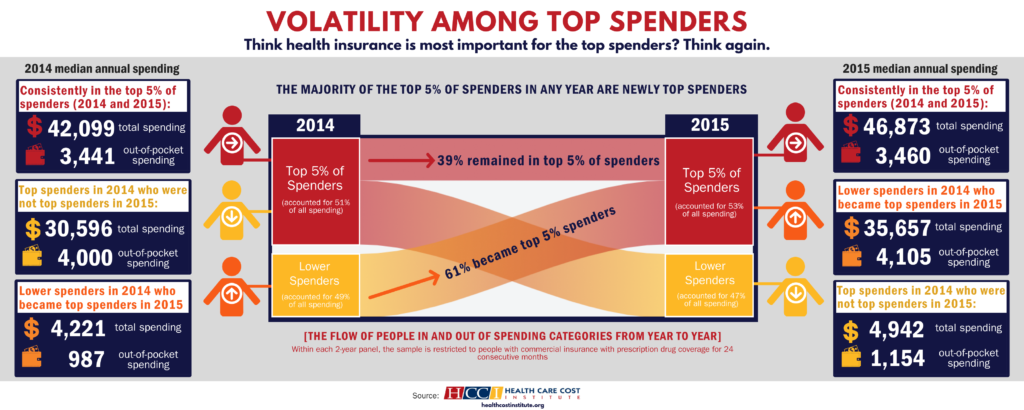 Read more: New England Journal of Medicine: Consistently High Turnover in the Group of Top Health Care Spenders
Read more: New England Journal of Medicine: Consistently High Turnover in the Group of Top Health Care SpendersNEJM CATALYST: “The concentration of most U.S. health care spending in a small proportion of individuals is well documented. The notion that high health care spending only affects a small portion of people in a given year is particularly relevant to the ongoing policy debate about how to make health insurance affordable for all, while…
-
Top Spenders Among the Commercially Insured Increased Spending Concentration and Consistent Turnover from 2013 to 2015
Tags: Commercially Insured, Drug Spending, Inpatient Spending, Out-of-Pocket, Outpatient Spending, Physician Spending, Top SpendersRead more: Top Spenders Among the Commercially Insured Increased Spending Concentration and Consistent Turnover from 2013 to 2015This issue brief explores the distribution of health care spending among commercially insured individuals, with a focus on the top 5 percent of spenders and turnover within that group from year to year. It considers the share of spending incurred by this group of top spenders, how those dollars are distributed among the health care…
-
Workers in low income counties more likely to be long-term opioid users
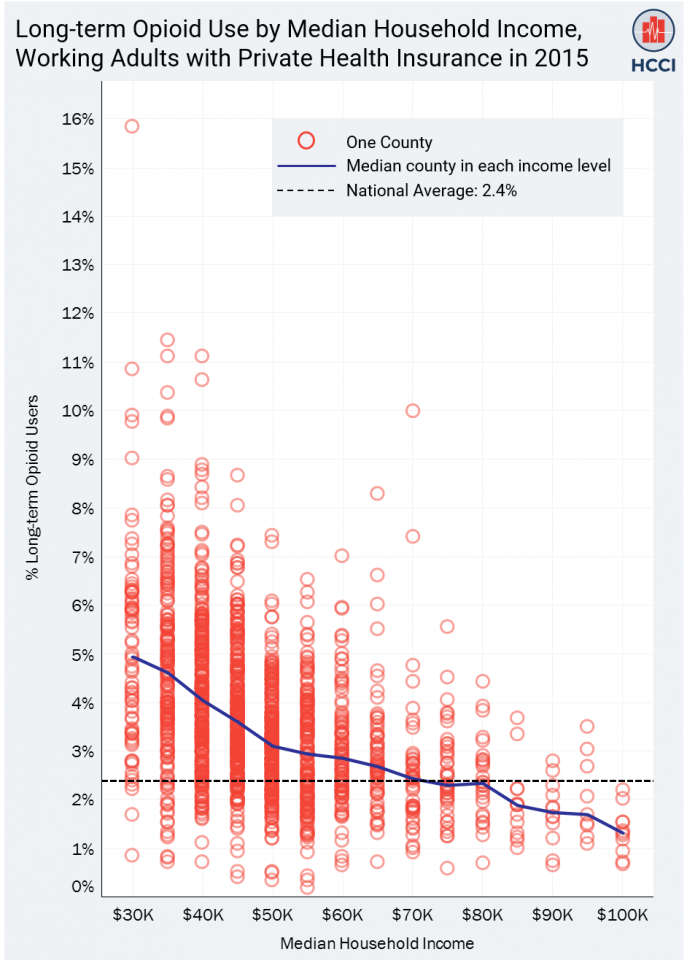 Read more: Workers in low income counties more likely to be long-term opioid users
Read more: Workers in low income counties more likely to be long-term opioid usersPast literature has found links between higher opioid use and local economic conditions for people enrolled in public health programs, but there has been little discussion of whether this relationship occurs among the privately insured. Using HCCI claims data and county level income data from the US Census Bureau, we examined how a county’s median…

